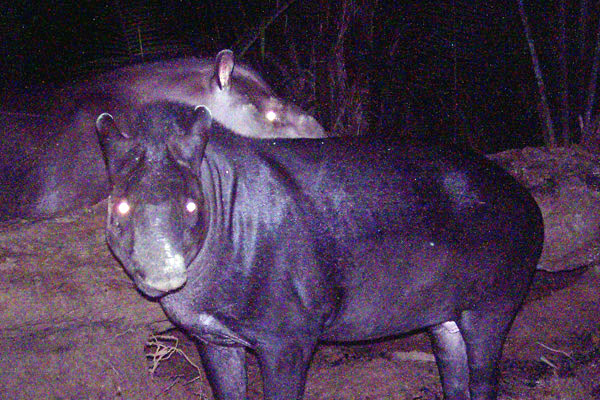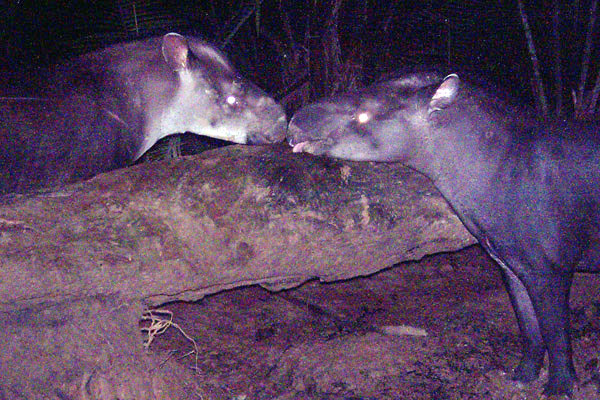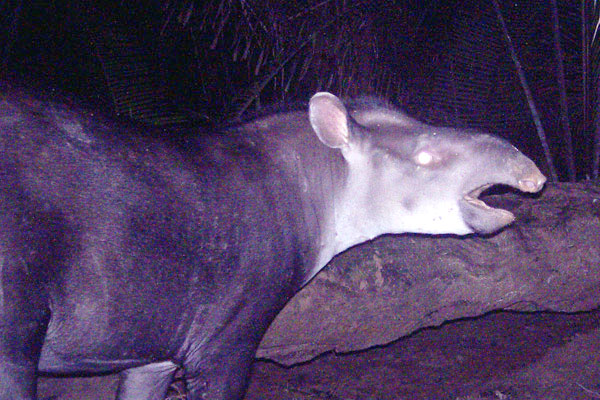Scientists have uncovered a new tapir in Brazil, it is the fifth tapir found in the world and the first to be discovered since 1865. It is also the largest land mammal to be discovered since 1992.

In what will likely be considered one of the biggest (literally) zoological discoveries of the Twenty-First Century, scientists today announced they have discovered a new species of tapir in Brazil and Colombia. The new mammal, hidden from science but known to local indigenous tribes, is actually one of the biggest animals on the continent, although it’s still the smallest living tapir. Described in the Journal of Mammology, the scientists have named the new tapir Tapirus kabomani after the name for “tapir” in the local Paumari language: “Arabo kabomani.”
Tapirus kabomani, or the Kobomani tapir, is the fifth tapir found in the world and the first to be discovered since 1865. It is also the first mammal in the order Perissodactyla (which includes tapirs, rhinos, and horses) found in over a hundred years. Moreover, this is the largest land mammal to be uncovered in decades: in 1992 scientists discovered the saola in Vietnam and Cambodia, a rainforest bovine that is about the same size as the new tapir.
Found inhabiting open grasslands and forests in the southwest Amazon (the Brazilian states of Rondônia and Amazonas, as well as the Colombian department of Amazonas), the new species is regularly hunted by the Karitiana tribe who call it the “little black tapir.” The new species is most similar to the Brazilian tapir (Tapirus terrestris), but sports darker hair and is significantly smaller: while a Brazilian tapir can weigh up to 320 kilograms (710 pounds), the Kabomani weighs-in around 110 kilograms (240 pounds). Given its relatively small size it likely won’t be long till conservationists christen it the pygmy or dwarf tapir. It also has shorter legs, a distinctly-shaped skull, and a less prominent crest.


Source: Scientists make one of the biggest animal discoveries of the century: a new tapir












